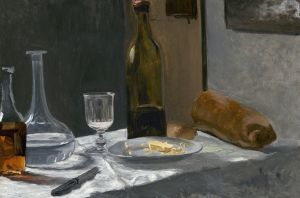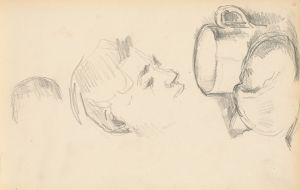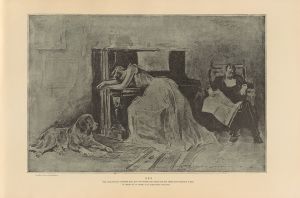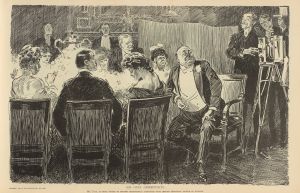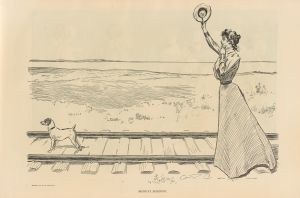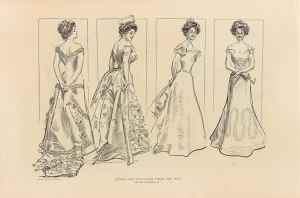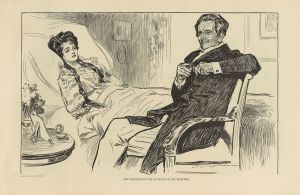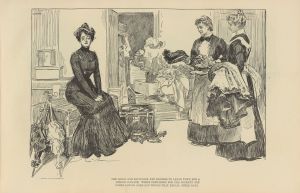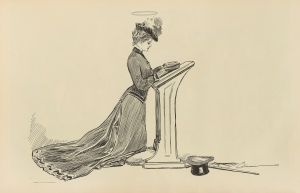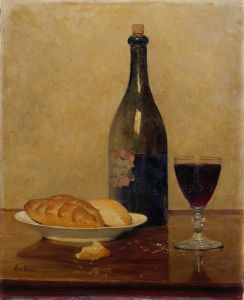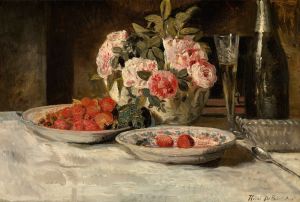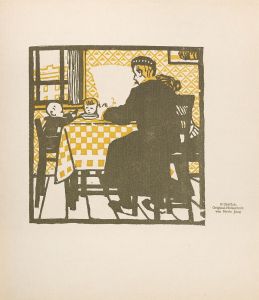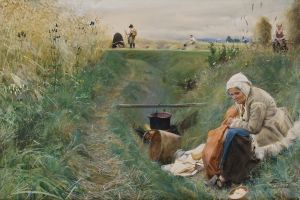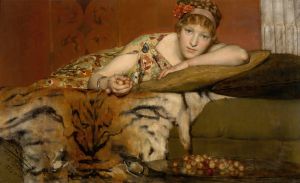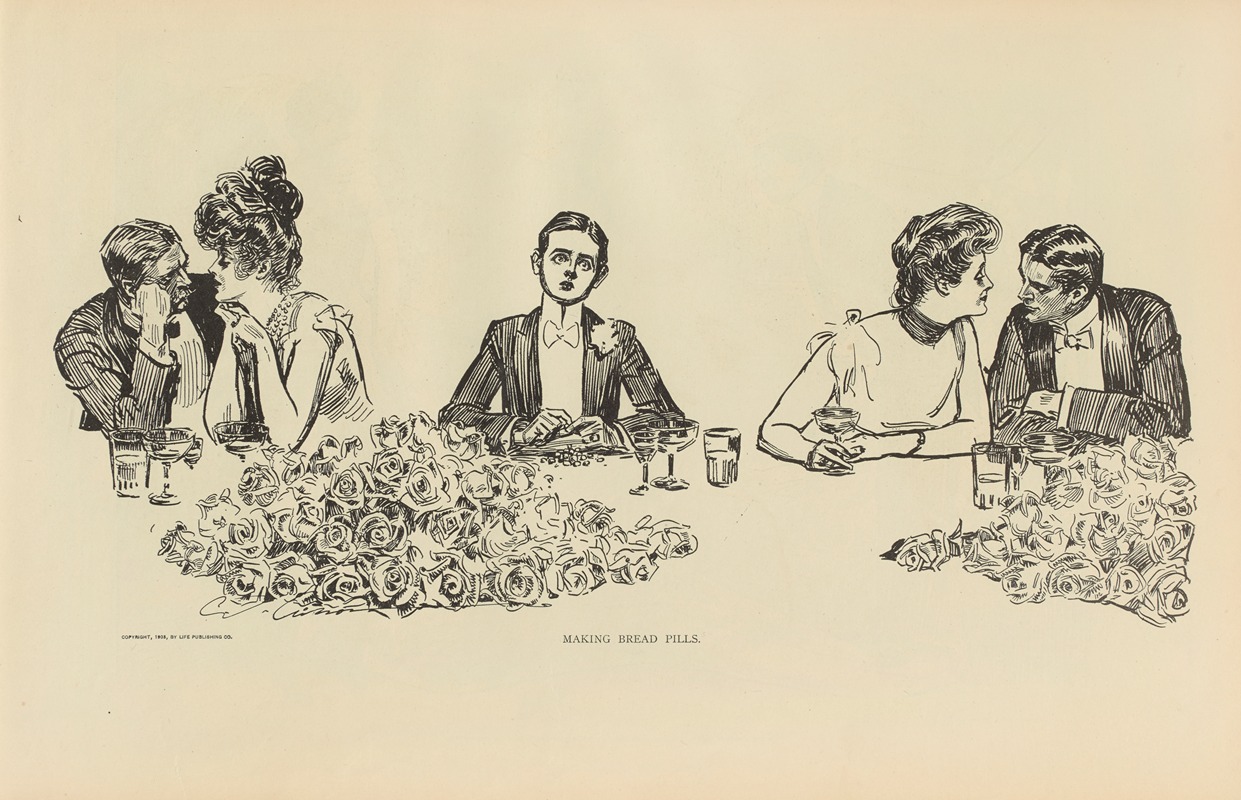
Making bread pills
A hand-painted replica of Charles Dana Gibson’s masterpiece Making bread pills, meticulously crafted by professional artists to capture the true essence of the original. Each piece is created with museum-quality canvas and rare mineral pigments, carefully painted by experienced artists with delicate brushstrokes and rich, layered colors to perfectly recreate the texture of the original artwork. Unlike machine-printed reproductions, this hand-painted version brings the painting to life, infused with the artist’s emotions and skill in every stroke. Whether for personal collection or home decoration, it instantly elevates the artistic atmosphere of any space.
"Making Bread Pills" is an illustration created by the American artist Charles Dana Gibson. Gibson, born on September 14, 1867, and passing away on December 23, 1944, was a prominent illustrator during the late 19th and early 20th centuries. He is best known for his creation of the "Gibson Girl," an iconic representation of the American woman that became a cultural phenomenon.
The illustration "Making Bread Pills" was published in the early 20th century, a period during which Gibson's work was widely circulated in popular magazines such as Life, Harper's Weekly, and Scribner's. Gibson's illustrations often depicted scenes of everyday life, social commentary, and humor, capturing the essence of American society during the Gilded Age and the Progressive Era.
"Making Bread Pills" showcases Gibson's characteristic style, which combines detailed line work with a keen sense of humor and social observation. The illustration depicts a domestic scene where a woman is engaged in the task of making bread pills. Bread pills were a type of home remedy popular in the 19th and early 20th centuries, often used as a placebo or for minor ailments. The scene is rendered with Gibson's typical attention to detail, capturing the nuances of the characters' expressions and the setting.
Gibson's work, including "Making Bread Pills," played a significant role in shaping public perceptions and attitudes during his time. His illustrations were not only a source of entertainment but also a reflection of societal norms and values. The "Gibson Girl," for example, became a symbol of the idealized American woman—independent, confident, and fashionable. Similarly, "Making Bread Pills" offers insight into domestic life and the cultural practices of the era.
Throughout his career, Charles Dana Gibson's illustrations were highly influential, and his work remains an important part of American art history. His ability to capture the spirit of his time with wit and precision has left a lasting legacy. "Making Bread Pills" is a testament to Gibson's skill as an illustrator and his ability to convey complex social themes through simple, yet evocative, imagery.
In summary, "Making Bread Pills" by Charles Dana Gibson is an illustration that reflects the artist's talent for combining humor, social commentary, and detailed artistry. It provides a glimpse into the domestic life and cultural practices of early 20th-century America, showcasing Gibson's enduring influence on American visual culture.





